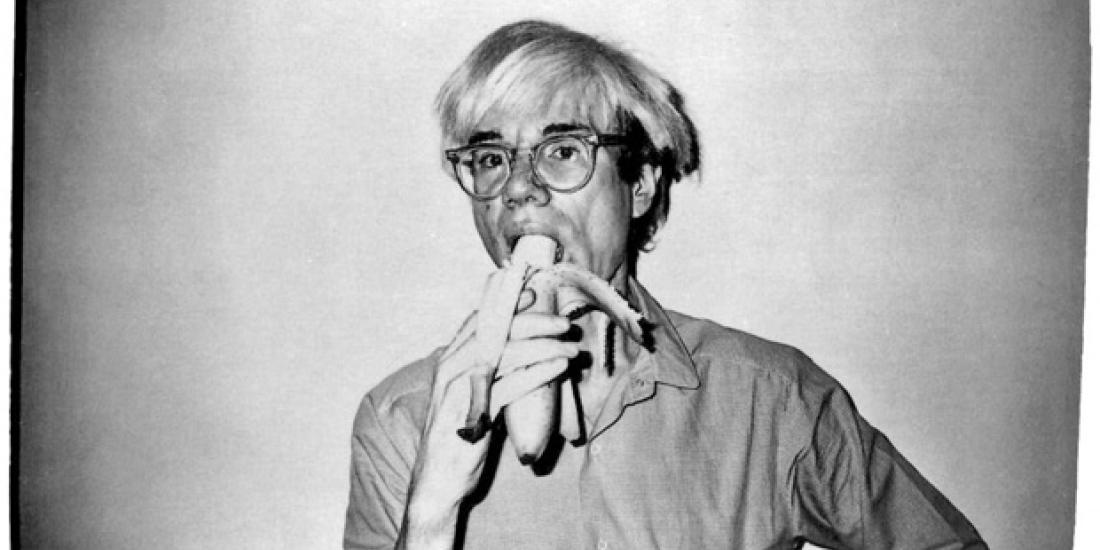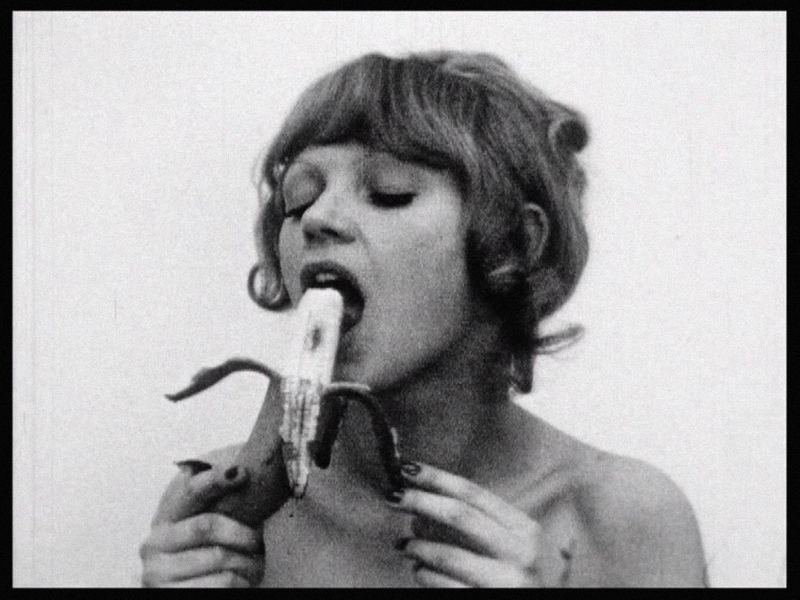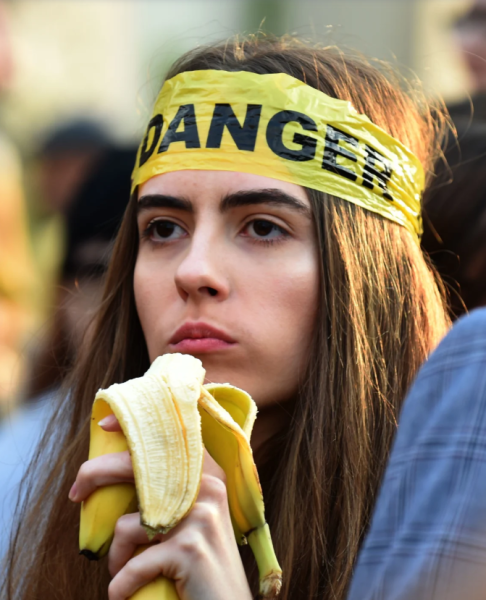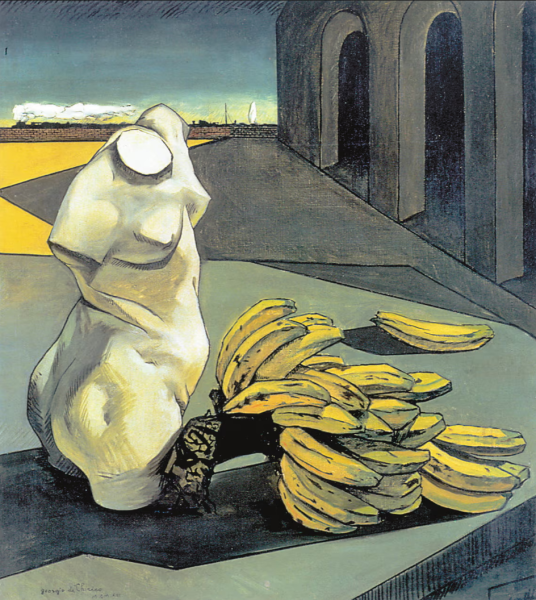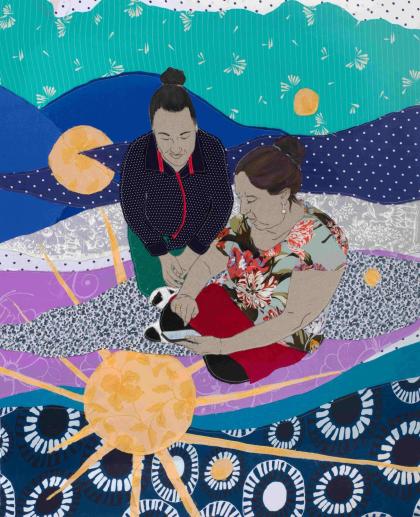1. The forbidden banana
In 1973, Polish artist Natalia Lach-Lachowicz, better known as Natalia LL, filmed women eating bananas erotically. You know that awkward feeling you dread when eating a banana in public? That’s precisely what this video evokes. She gave it the title Consumer Art, as a playful yet incisive critique of consumer society and the male gaze in art.
The work has become increasingly well-known over the years, but it continues to elicit mixed reactions. In 2019, the Polish government branded it ‘indecent’ and ordered the National Museum in Warsaw to remove it from display. Protests erupted. Activists and artists took selfies with bananas, then gathered for collective action, eating the fruit openly. The hashtag #bananowyprotest went viral, and the banana suddenly became not only an artwork, but also a symbol of resistance to censorship. The ensuing outcry prompted the museum to redisplay the forbidden fruit, albeit temporarily. Much like an overripe banana, the attempt at censorship was difficult to contain.
Bozar has brought Natalia LL’s much-discussed video to Brussels for the exhibition Familiar Strangers. The Eastern Europeans from a Polish Perspective. You can admire the work until 29 June.
2. The banana on the wall
In 2019, artist Maurizio Cattelan caused a stir in the art world with his work Comedian: a banana simply duct-taped to a wall. What started as an ironic commentary on value and commerce quickly became a global phenomenon. Editions rapidly sold for $120,000, and in 2024 the work broke records again – a copy changed hands for $6.2 million. People ate the banana, replaced the banana, and debated the banana. Is it art? Is it a joke? Or is it the ultimate provocation?
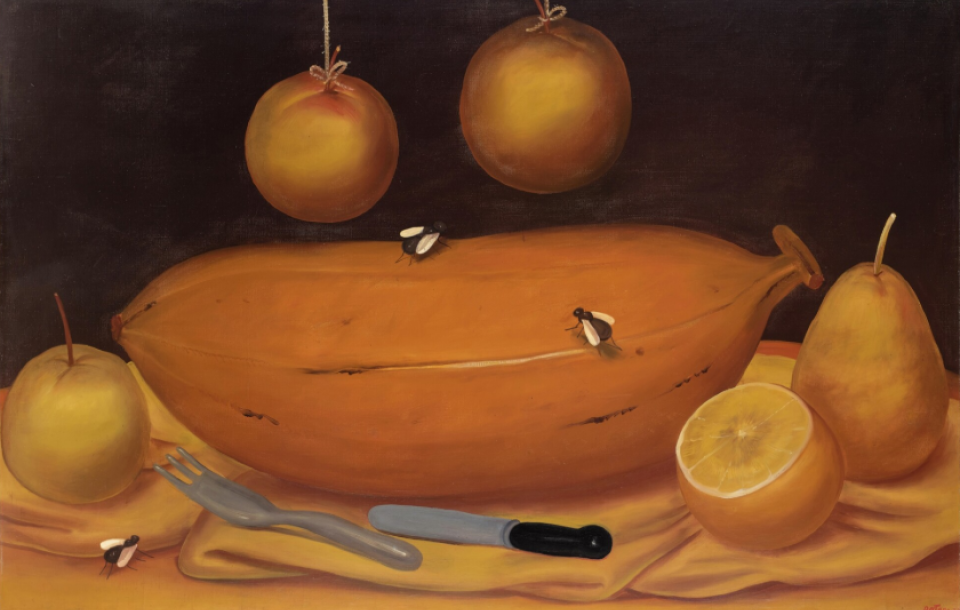
3. The plump banana
Best known for his voluptuous figures, Colombian artist Fernando Botero – who died in 2023 – took a different approach in this still life, a nature ‘morte’. In so doing, he challenged the boundaries of the genre. A banana, accompanied by a cluster of flies, is practically bursting out of the frame. Like a halo, two glowing apples hover above the elongated fruit, one hanging slightly lower than the other, adding a subtle, suggestive charge. Botero plays with bright colours and accentuates the shapes of his objects. He has an unparalleled ability to conjure an atmosphere of sensuality and abundance.
4. Desolate bananas
Only in the 19th century did ‘yellow gold’ gradually reach the other side of the ocean. By the time Italian artist Giorgio de Chirico painted a bunch of bananas in The Uncertainty of the Poet in 1913, they were certainly available in Europe. The bananas are strewn on the ground, helpless and abandoned, next to a mutilated statue of a torso in a desolate plaza. Uncertainty lies at the heart of the enigmatic and mysterious atmosphere that De Chirico sought to evoke in his paintings from this period.
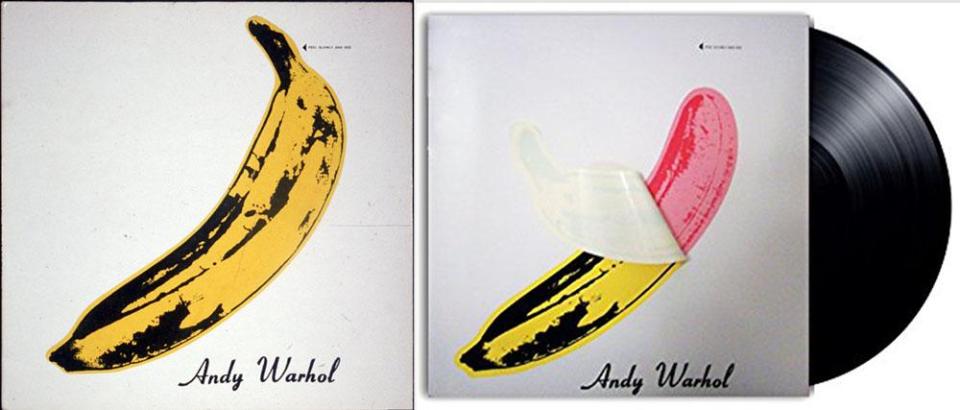
5. The banana of bananas
And finally, Andy Warhol had his own banana to peel. In 1967, he created the now world-famous album cover design for The Velvet Underground & Nico. The American enfant terrible of Pop Art turned a mundane object – a banana – into an interactive experience: a sticker that fans could peel off to reveal a flesh-coloured piece of fruit. In so doing, Warhol turned the album cover into a tangible work of art that not only reflected the essence of pop culture and mass consumption, but also bridged the gap between visual art and music. The iconic banana soon became a universal symbol of the rebellious spirit of the 1960s.
